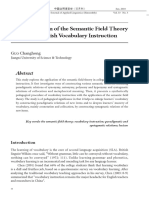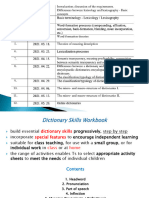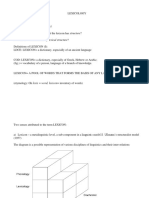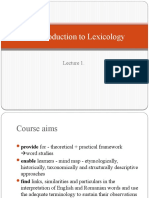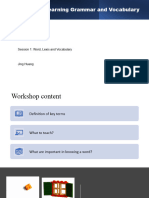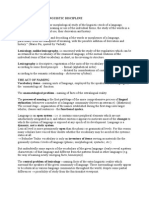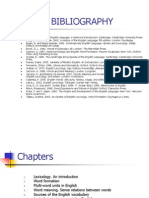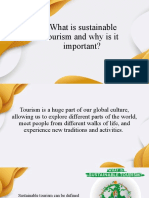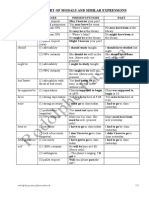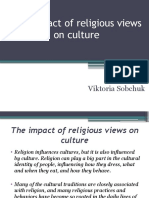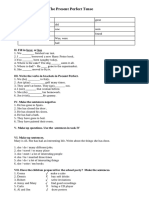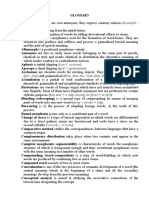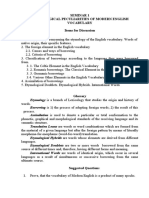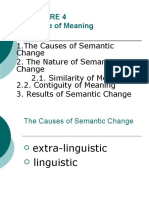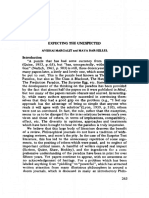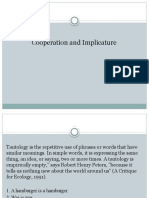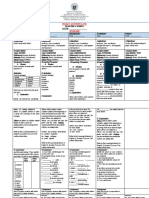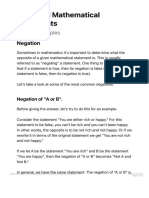0% found this document useful (0 votes)
90 views70 pagesVocabulary As A System
This document discusses vocabulary as a system, including meaning relations in paradigmatics, synonyms, and antonyms. It covers the associative field of individual words, lexical fields which group related terms, and word families based on morphology. Lexical field theory is introduced, noting how words acquire meaning through relationships within a field. Levels of word families are defined based on criteria like frequency and productivity of affixes.
Uploaded by
Жанна СобчукCopyright
© © All Rights Reserved
We take content rights seriously. If you suspect this is your content, claim it here.
Available Formats
Download as PPT, PDF, TXT or read online on Scribd
0% found this document useful (0 votes)
90 views70 pagesVocabulary As A System
This document discusses vocabulary as a system, including meaning relations in paradigmatics, synonyms, and antonyms. It covers the associative field of individual words, lexical fields which group related terms, and word families based on morphology. Lexical field theory is introduced, noting how words acquire meaning through relationships within a field. Levels of word families are defined based on criteria like frequency and productivity of affixes.
Uploaded by
Жанна СобчукCopyright
© © All Rights Reserved
We take content rights seriously. If you suspect this is your content, claim it here.
Available Formats
Download as PPT, PDF, TXT or read online on Scribd
/ 70










